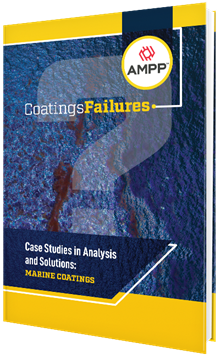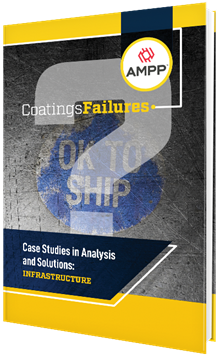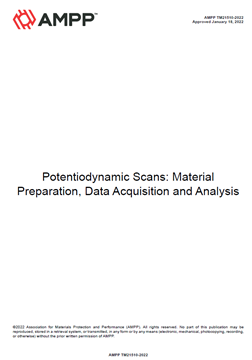Search
Influence of the UV Radiation on the Corrosion Resistance of the Carbon-Based Coatings for the Marine Industry
Also Purchased
Coatings Failures: Analysis and Solutions--Marine Coatings
Product Number:
37672-POD
ISBN:
978-1-57590-421-4
$55.00
Coatings Failures: Analysis and Solutions--Infrastructure
Product Number:
37671-POD
ISBN:
978-1-57590-420-7
$55.00
AMPP TM21510-2022, Potentiodynamic Scans: Material Preparation, Data Acquisition and Analysis
Product Number:
AMPP TM21510-2022
Publication Date:
2022
$109.00
This standard provides a method for collecting reproducible potentiodynamic data, enabling the comparison of data across various experiments and laboratories. This method is intended for those with experience in potentiodynamic data collection across all of industry and academia. This method has been adapted from Appendix B of MIL-STD-889. Users interested in submitting data for acceptance into MIL-STD-889 shall refer to the latest version of MIL-STD-889




